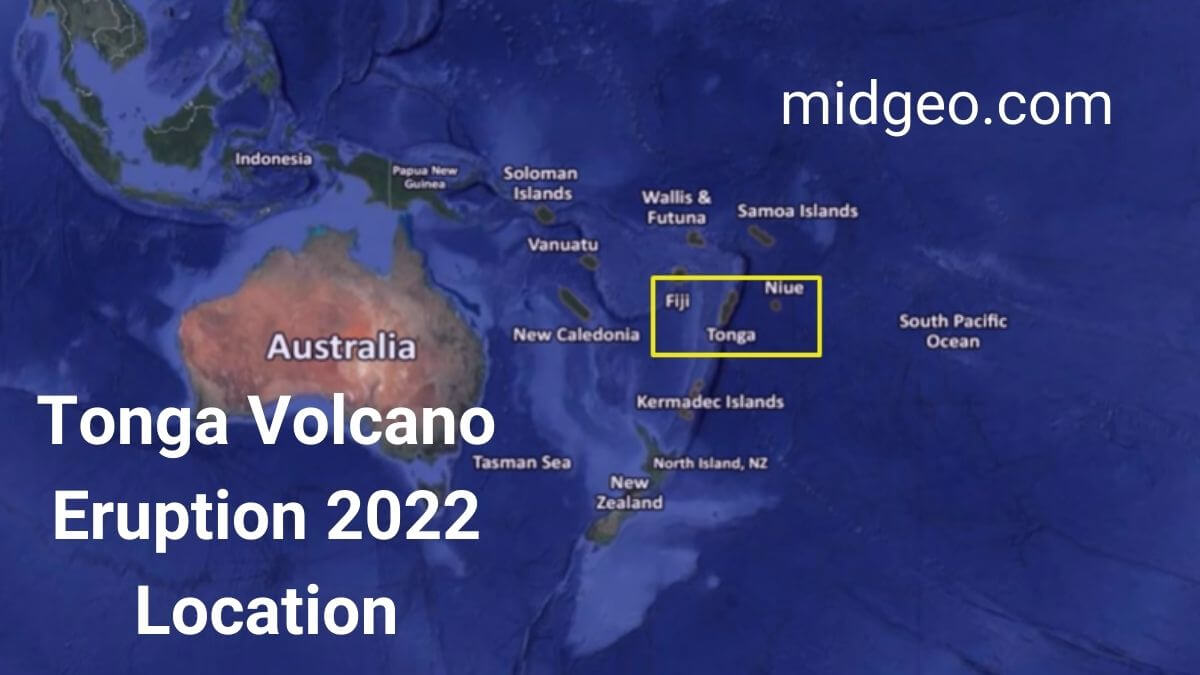
Do you know, How Are Beaches Formed? Beaches are one of the most popular natural destinations, attracting millions of people every year.
But have you ever wondered how these beautiful stretches of sand and sea came to be?
In this article, we will explore the fascinating process of how beaches are formed, from the geological forces that shape them to the role of weather and ocean currents in shaping their distinctive features.
You May Like:
- How are Volcanoes Formed
- How Waterfalls Are Formed
- How are Deserts Formed
- How Hills and Mountains Are Formed
- How are Estuaries Formed
What is a Beach?
Before we dive into the process of how beaches are formed, it’s important to define what we mean by a “beach.” In general, a beach is a landform that consists of loose, unconsolidated particles of rock, sand, or other material that have been deposited by water or wind.
Beaches can be found along coastlines, riverbanks, or even in deserts, and can range in size from small coves to vast stretches of shoreline.
How Are Beaches Formed?
Beaches are dynamic, constantly changing environments that are formed by the interaction of various physical and biological factors.
At their core, beaches are simply deposits of sand and other sediments that have been shaped by the forces of water and wind over time.
However, the specific characteristics of a beach, such as its slope, shape, and size, can vary widely depending on the local geology, weather patterns, and ocean currents.
Geology of Beach Formation
The formation of beaches is primarily driven by the geological processes that shape the coastlines where they are found. Here are some of the key factors that influence beach formation:
Tectonic Activity
The movement of tectonic plates can create dramatic changes in the landscape, including the formation of new beaches. When two plates collide, one can be forced up to create a mountain range, while the other sinks, forming a basin that can fill with sediment and eventually become a beach.
Erosion
The steady erosion of rock and soil by wind and water can create the sediment that makes up many beaches. As rocks and other materials are worn down, they can be carried downstream by rivers or pushed ashore by ocean currents, eventually settling on the beach.
Sea Level Changes
Over time, fluctuations in sea level can also play a role in the formation of beaches. During periods of low sea level, exposed shorelines can become home to new beaches as sediment accumulates, while rising sea levels can erode existing beaches and reshape the coastline.
How Are Beaches Formed? Weather and Ocean Currents

In addition to geological forces, weather patterns, and ocean currents also play a major role in shaping the characteristics of beaches. Here are some of the key factors to consider:
Waves
One of the most prominent factors that influence beach formation is the action of waves. As waves crash onto the shore, they can move sand and other sediments around, shaping the beach and creating distinctive features such as dunes, tide pools, and rock formations.
Wind
Wind can also play a significant role in shaping the beach, particularly in arid regions where sand dunes can stretch for miles. In these areas, strong winds can push sand around, sculpting the dunes into complex shapes and patterns.
- 10 Importance of Geography in the World: Why Studying Geography Matters for Individuals and Nations
- World Environment Day 2025: Date, Theme, and Significance
- Relative vs. Absolute Location | Definition & Examples
- What is a Beach? How Are Beaches Formed?
- List of Landforms A to Z on Earth
Ocean Currents
The movement of ocean currents can also have a major impact on beach formation. As currents flow along the coastline, they can deposit sediment in certain areas, leading to the formation of new beaches or the expansion of existing ones.
FAQs: What is a Beach? How Are Beaches Formed?
Q.1: Are all beaches formed in the same way?
Not all beaches are formed in the same way. Factors such as the geology of the area, weather patterns, and ocean currents can all play a role in determining the characteristics of a particular beach.
Q.2: Can beaches disappear over time?
Yes, beaches can disappear over time due to erosion or changes in sea level. In some cases, human activities such as coastal development or mining can also contribute to the loss of beaches.
Q.3: Are all beaches made of sand?
No, not all beaches are made of sand. Some beaches may be made of pebbles, rocks, or other types of sediment.
Q.4: Can human activities affect beach formation?
Yes, human activities such as coastal development, mining, and pollution can all have an impact on beach formation. These activities can alter the natural processes that shape the beach, leading to changes in the beach’s size, shape, and characteristics.
Q.5: How can we protect beaches from erosion and other threats?
There are a number of strategies that can be used to protect beaches from erosion and other threats. These include building seawalls and other structures, planting vegetation, and limiting development in vulnerable areas. It is important to balance the needs of humans with the need to protect these important natural environments.
In conclusion, the formation of beaches is a complex and fascinating process that is shaped by a variety of physical and biological factors.
From the forces of tectonic activity to the action of waves and ocean currents, there are many different factors that influence the shape, size, and characteristics of beaches around the world.
Whether you’re a beach lover or a geology enthusiast, there’s always something new to explore and discover about the amazing world of beach formation.
Also Check This Out:





